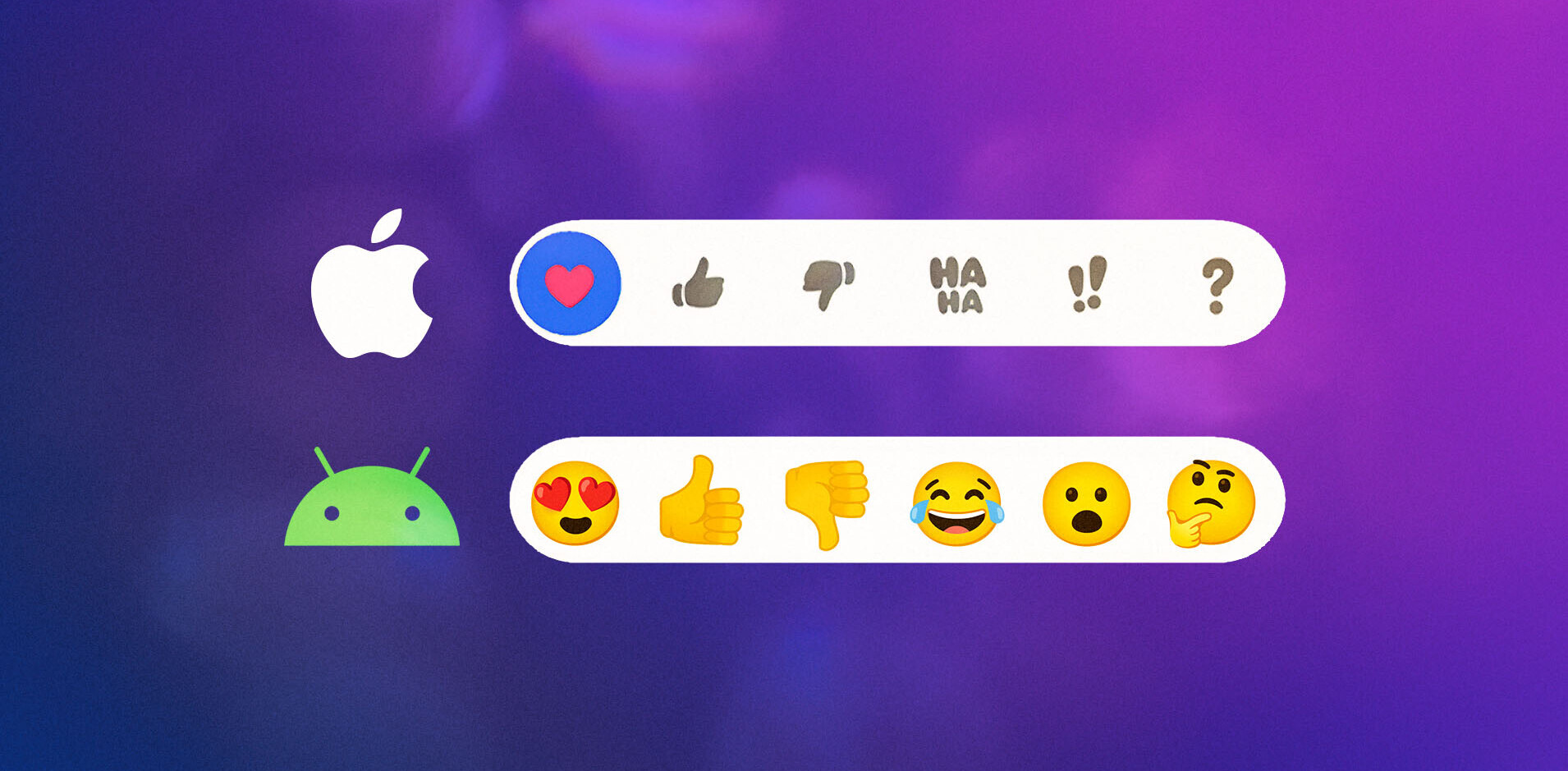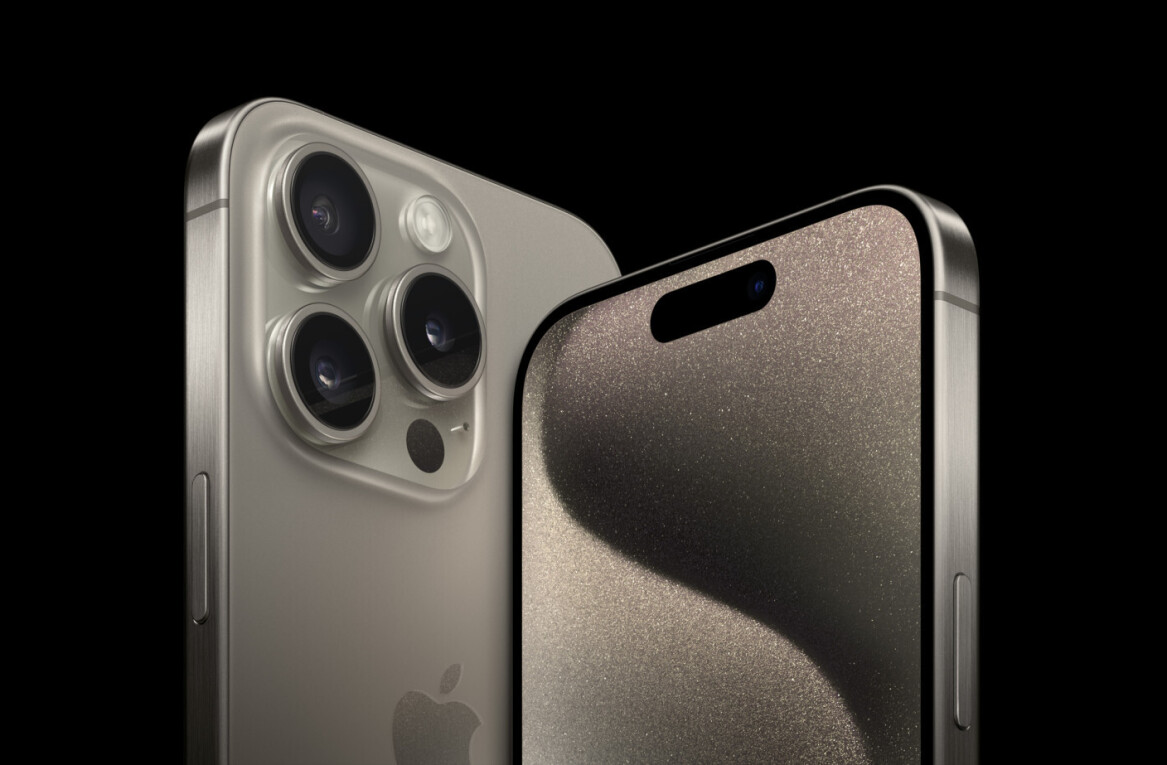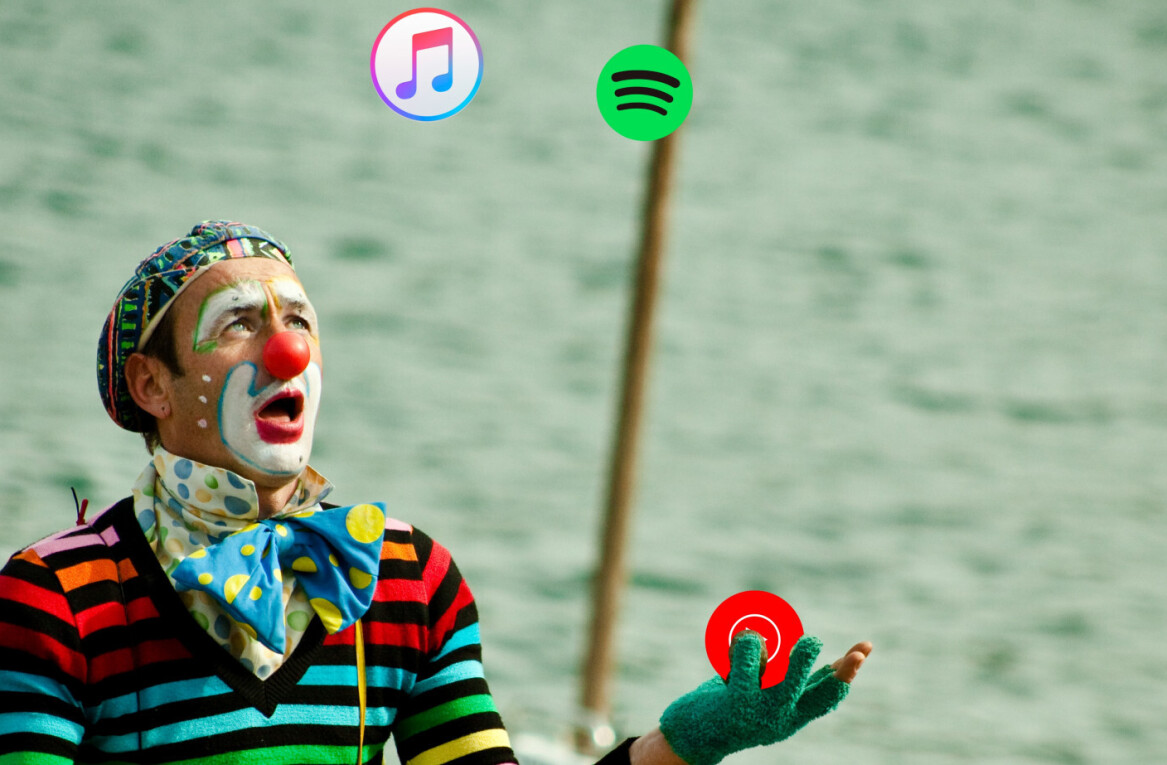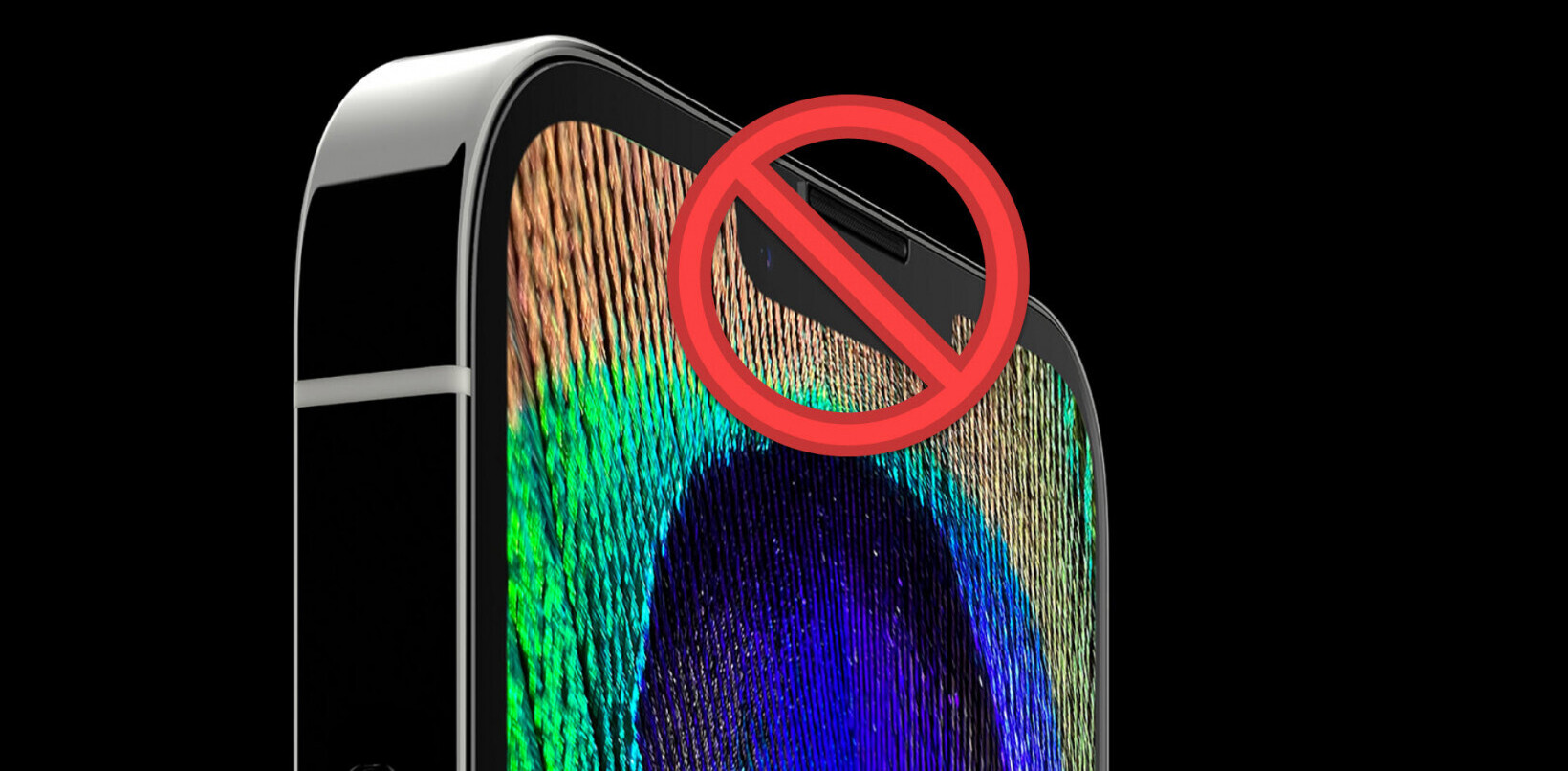
We’re big fans of OpenSignal here at TNW, the Android-only app that creates independent maps of mobile phone network coverage based on information crowdsourced from mobile phone users.
Well, we say it’s Android-only. But actually it was Android-only, because it has finally launched an iPhone app too.
Just to recap, OpenSignal – formerly known as OpenSignalMaps – is among the biggest sources of independent data on the speed and coverage of mobile phone carriers.
Indeed, rather than relying on coverage maps provided by networks themselves, OpenSignal opens this data to anyone, so they can see for themselves which ones offer the best coverage where they are. And with 2.5 million downloads so far, OpenSignal rolled out a brand new version of its Android app back in January.
The idea is that users download and install the app, it quietly does its thing in the background passing (anonymous) data back to OpenSignal in the process.
Of course, the one glaring weakness thus far has been the lack of iPhone support, a weakness that’s now been remedied.
OpenSignal opens to iPhone
First up, you have to give the app permission to use your location, then you’re good to go. On the main dashboard screen, it shows you which network you’re on, which direction the nearest cell tower is in and whether your data connection is any good.
If you’re connected to WiFi, it will say ‘Connected to xxx Broadband’, if it’s not, it’ll say the WiFi is disconnected and simply have the mobile carrier in the box above it. Either way, it will record the 3G signal and pass this data back to OpenSignal.
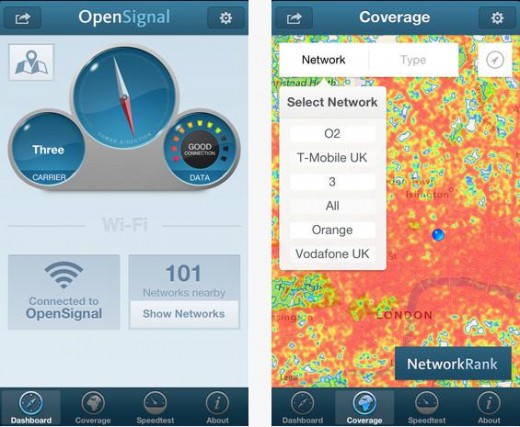
The general idea here is to help you identify a better network connection, using the app’s in-built signal compass to point you in a better direction. So, you can walk towards an area with better 3G on your specific network.
However, you can also look at the crowdsourced Coverage maps within the app, and compare the quality of other mobile networks. The redder the colour, the stronger the signal – so, if Orange offers the best 3G where you live or work, you can perhaps consider jumping ship from 3.
It also has a built-in Speedtest, covering download, upload and latency speeds. This will work both for your WiFi connection and 3G.
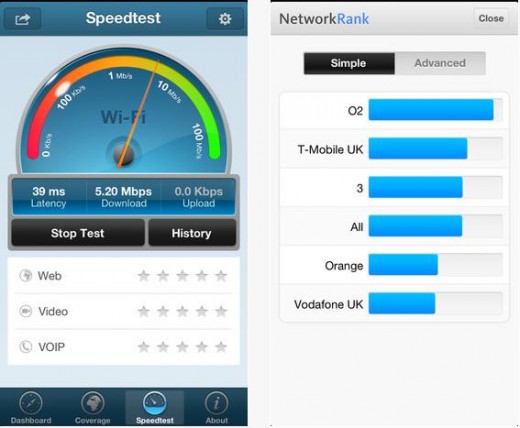
With an iPhone app now in its repertoire, OpenSignal can pool all its data from across Android and iOS and provide a more complete picture of the state of mobile networks in 200 countries. Whether or not it opts to launch a BlackBerry and Windows Phone app too, remains to be seen.
It’s worth noting here, that there are two obvious features missing – the ‘my stats’ tab which is available on the Android version, displaying things like how much data you’ve consumed. We’re told this will arrive in a later version of the app. And due to restrictions imposed by Apple, you’re not able to turn your WiFi on/off directly from within the app, which is far from a deal-breaker but a little inconvenient nonetheless.
OpenSignal has access to some very valuable data, as we recently saw in advance of T-Mobile’s recent LTE launch. It makes sense for it to start licensing this data out in the future – an obvious monetization conduit and one we expect it to pursue.
OpenSignal for iPhone is available to download for free now.
Disclosure: This article contains an affiliate link. While we only ever write about products we think deserve to be on the pages of our site, The Next Web may earn a small commission if you click through and buy the product in question. For more information, please see our Terms of Service.
Feature Image Credit – Thinkstock
Get the TNW newsletter
Get the most important tech news in your inbox each week.
